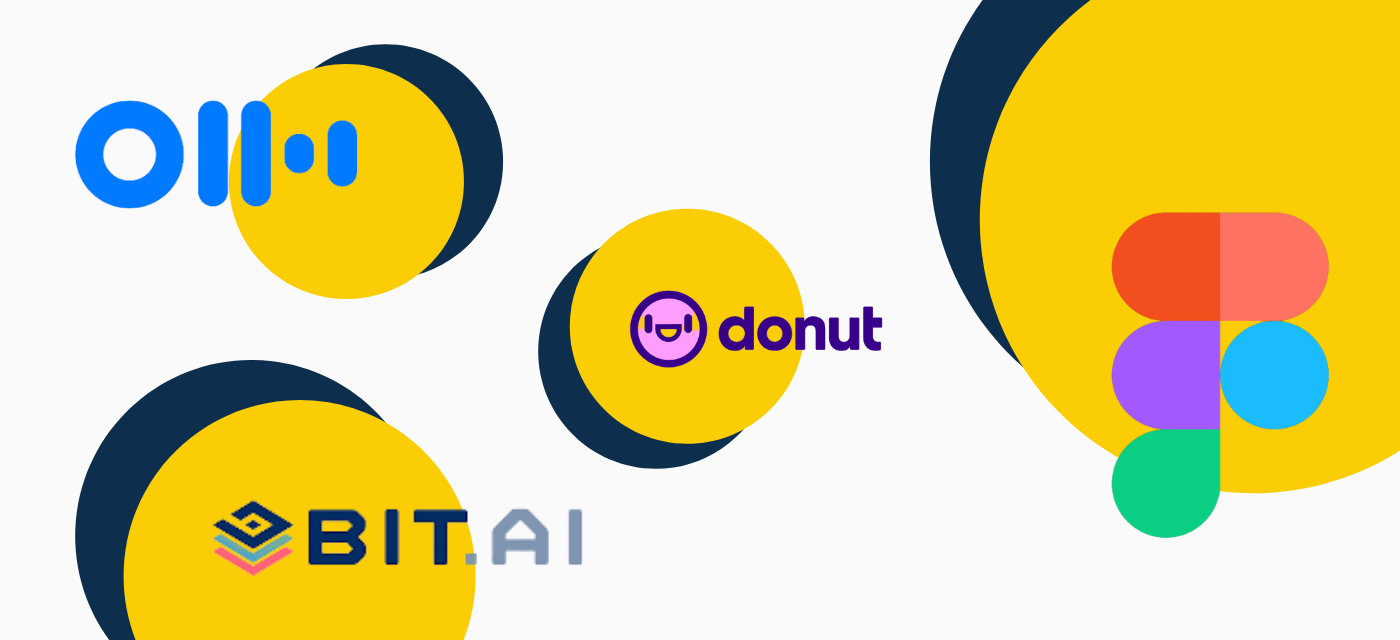When Dolly Parton penned her hit song 9 To 5 in 1980, she summed up the feelings of so many workers around the world:
“Working 9 to 5, what a way to make a living. Barely getting by, it’s all taking and no giving”
It’s safe to assume that Parton’s protagonist in the tune felt like they had no autonomy at work, no input or control over how their work life was structured or managed. Indeed, the line “Want to move ahead but the boss won’t seem to let me” succinctly captures the struggle faced by many employees, even today.
Thankfully, the way we work is changing and hybrid, remote and flexible work design is allowing employees more choice in their work life than ever before. But should what employees want and need be driving the decision on where we work? Or rather, what best suits the business?
Perhaps we’re asking the wrong question. Our expertise in flexible work has always shown the nature of the work should be at the core of hybrid work decisions.
Let us explain.
What instead of where
Working means many different things to many different people. It can mean driving a bus, managing company operations, leading a country or just about anything in between. The one thing our jobs all have in common is that the nature of our work is the driving force behind where we do our jobs. Or it should be, anyway.
A bus driver naturally needs to be sitting in the driver’s seat of a bus in order to perform his or her duties effectively. This is obvious. So why isn’t it as obvious where we need to work when we look at white collar office roles?
If we need to be planning collaboratively, common sense says we should be sitting in a room together with all relevant stakeholders and a whiteboard. Likewise, if we need to write a research paper independently, we should be left alone to do deep thinking – a great activity to do at home.
It’s actually very simple in theory, but putting this on a scale of potentially hundreds of thousands of people in an organisation complicates things. We hear you and will get to that later.
The main thing to remember is that before we look at where we should be working, we need to stop and have a look at what work we’re doing.
The impact of your role on hybrid work decisions
We can slap a label on just about anything but, when it comes to hybrid work decisions, labels are a no-no. Limiting a role to strictly ‘remote’ or ‘on-site’ without first looking at the activities involved with that role would undoubtedly reduce the quality of the work being done or the productivity levels associated with that role. It’s taking away access to precious resources for that individual.
So what, we’re just supposed to hang loose and let people work from wherever, whenever, based on what they have to do that day? Not necessarily, but the real solution isn’t that far off.
There is a practical way to determine where someone works without jeopardising the structural integrity of an organisation. It’s just a matter of breaking down employee roles and capturing data to inform the sensible split of where they spend their time. From there, teams can make more detailed decisions about what days to spend where, and what tools they use.
Making data-led hybrid work decisions
It’s absolutely shocking how many businesses make critical operational decisions based on a gut feeling. Sure, there is something to be said for the role the gut plays in our decision making – it’s our intuition at play – but you won’t have much to show your business leaders. It’s their responsibility to ensure we make the correct decisions and want to see proof. Can you blame them?
Lucky for you, there’s a more systematic and data-driven approach to understanding how much time each team, and subsequently each individual, should be spending time in the office (if at all.)
You see, teams are where individual and organisational priorities intersect. Individual preferences are important and need to be taken into consideration, but businesses exist to achieve outcomes and we must remember that too. The happy medium exists when we understand individuals’ requirements to best achieve the goals organisations set out for us, and then determine how to best execute based on the team.
A visual picture of work
What’s the systematic approach we speak of? It’s collecting data with visual flexible work tools, then letting the data inform your plans.
Individuals break down their activities within the platform, then apply relevant tags, enabling a team-level view of requirements:
- The ratio of collaborative work vs. deep thinking work
- Collaborative vs. remote meetings
- In-office vs. remote work
And so on.
The same approach could be applied to an entire organisation if decisions need to be made at that level.
With the help of this nifty flexible work design technology, we can analyse the amount of work that needs to be done remotely and what can be done in the office. This is how we decide, on a team level, where we need to be working. To take it one step further, we can then decide as a team which days of the week need to overlap, or what hours to work, based on the amount of collaborative work that’s required, etc.
So who makes the ultimate hybrid work decisions?
Here we are – we’ve arrived at the original question. Should the final call on where people work be driven by individuals, or be a directive from senior leadership at the top?
Alas there is no one-size-fits-all model to follow. There can’t be, unless there’s a blanket return to the office, 9 - 5 everyday mandate and things return to the way they were before and here’s how that would likely play out:
Why should someone be forced back into the office when they’ve completed a successful, productive year working from home?
Does it make sense to give a blanket directive to a business full of employees with different needs — both personally and professionally?
These questions arise if you simply tell your teams what they should be doing rather than consulting them on some level. The market is competitive for talent and perhaps now isn’t the time to test your workforce on their loyalty.
In fact, Lee Hatton, the EVP of Afterpay and Board Member at Xero put it perfectly, “the most disappointing outcome would be if we went back to the way we were working before.”
Instead, our experience and expertise at Beamible shows organisations should provide guidance on what work they believe is best done at home or on-site. They should provide managers with the capability and tools to facilitate team-based decision making – which, by the way, might vary from week to week, or month to month.
Making hybrid work for everyone
Beamible makes balancing commercials and the needs of people in hybrid work environments easy. Increased visibility into the unique needs of teams means the chance to organise hybrid work as needed, not according to a staid, prescriptive approach.
Join companies including General Mills, NRMA, and The TOM Co. Book a free Beamible demo today and make hybrid work decisions that work.





